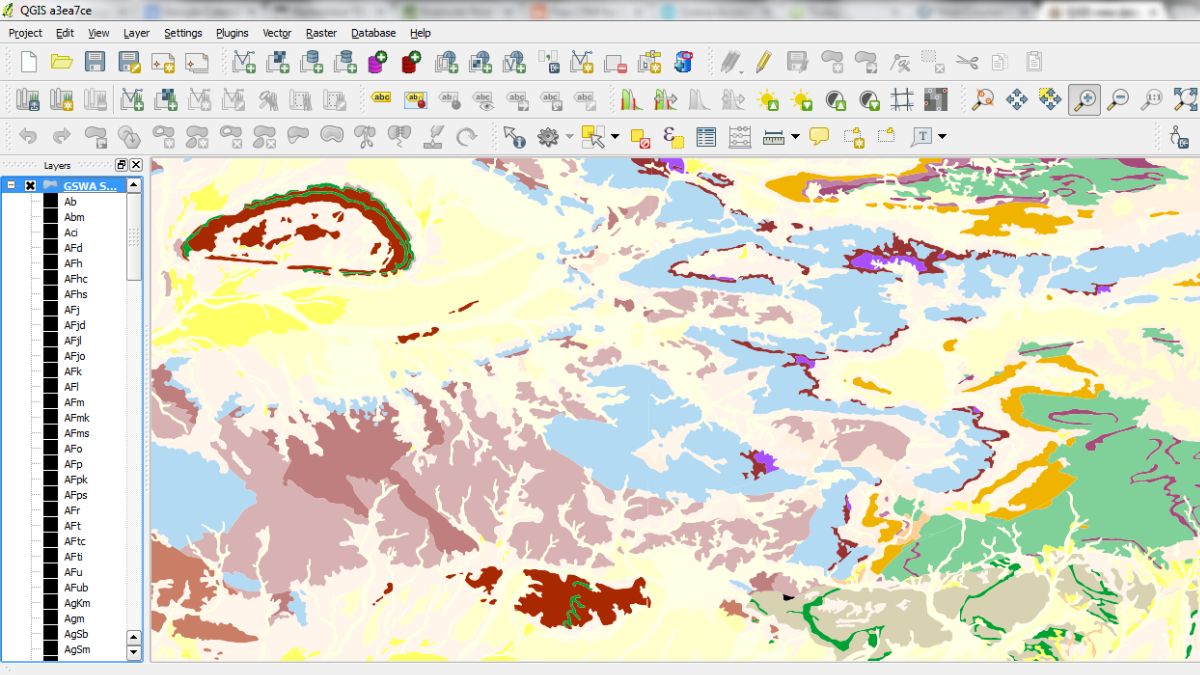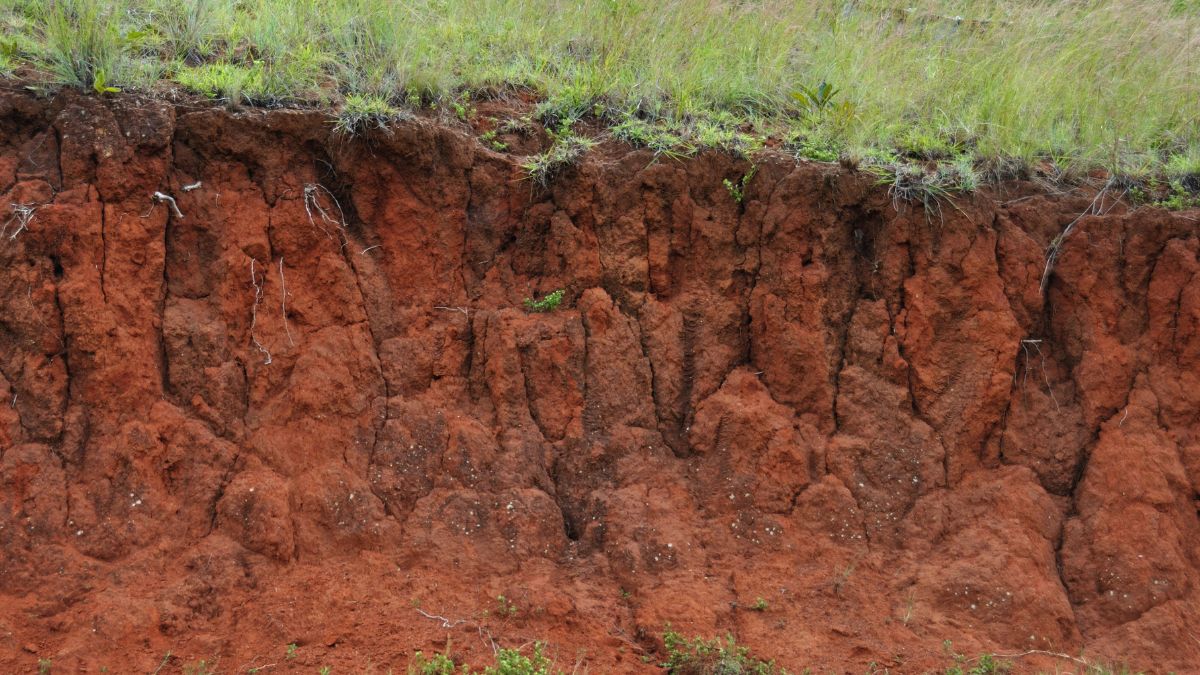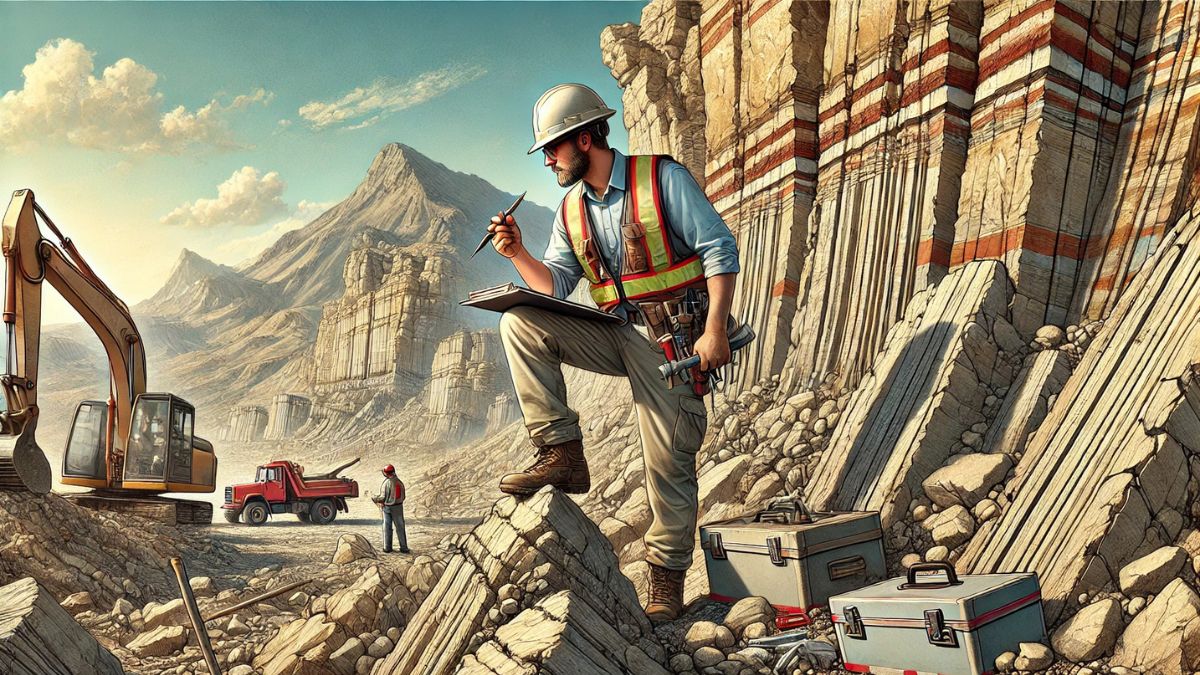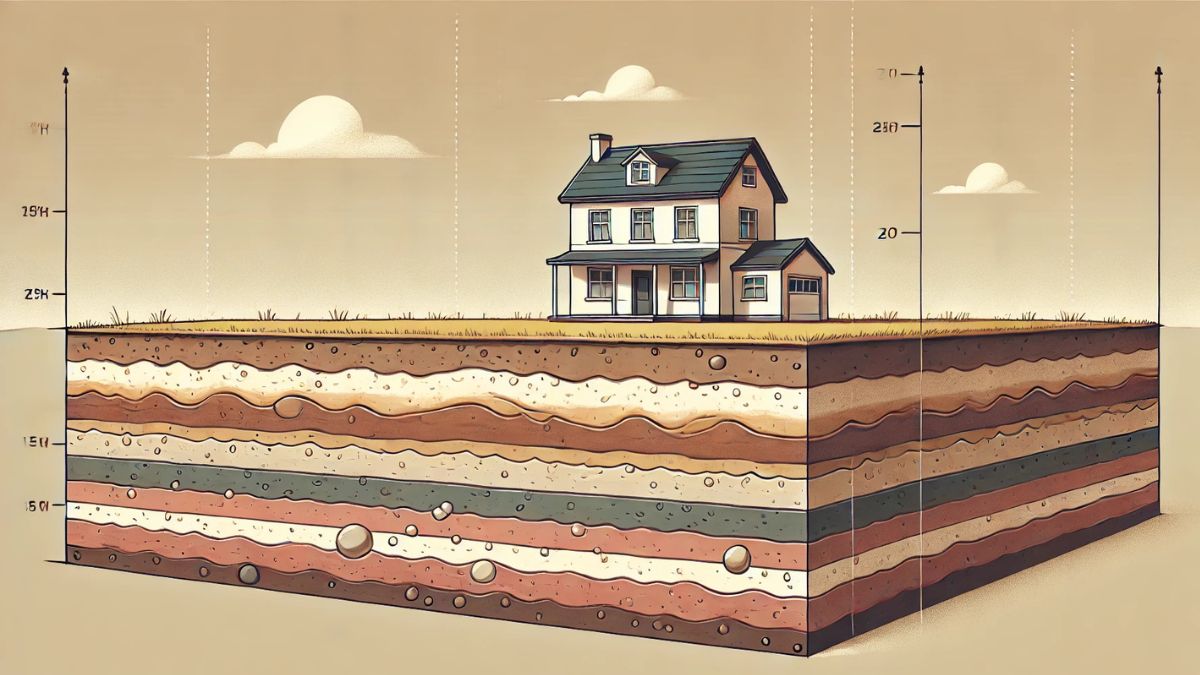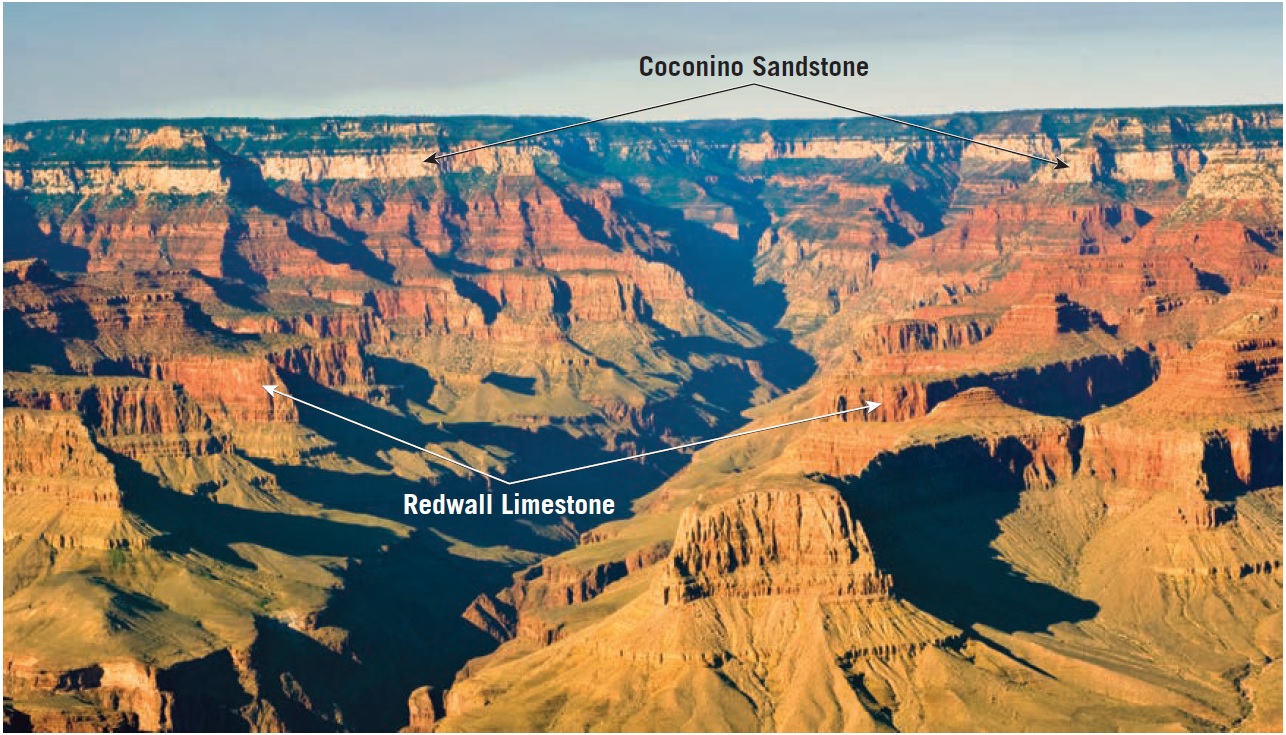Chemical properties of water
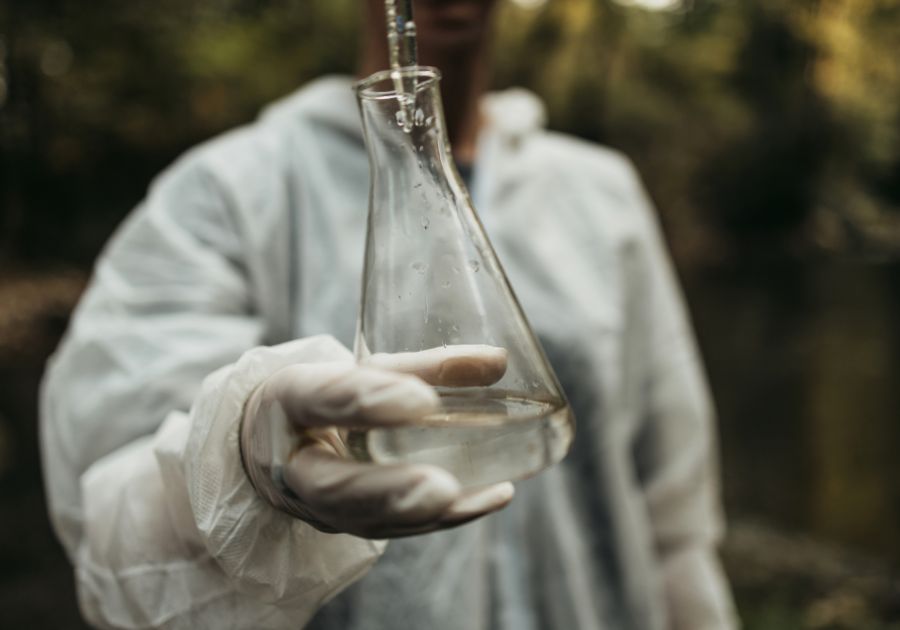
Chemical properties of water
Chemical properties of water – The chemical quality of the groundwater and its contamination processes have a significant effect on many problems related to geological engineering. These can be different physical or chemical processes which occur between the groundwater and its supporting medium, whether this medium is natural (geological formations) or constructed (compacted infill, foundations, diaphragm walls, etc.). Sometimes engineering geologists or hydrogeologists have to study and solve problems of the groundwater contamination itself, for environmental surveys or in relation to facilities for discharging potentially contaminating waste.
This section attempts to offer guidelines for understanding processes linked to quality and contamination of groundwater, its modifying phenomena, the influence of human activities and the mechanisms for introducing and spreading contaminants.
Chemical properties of water
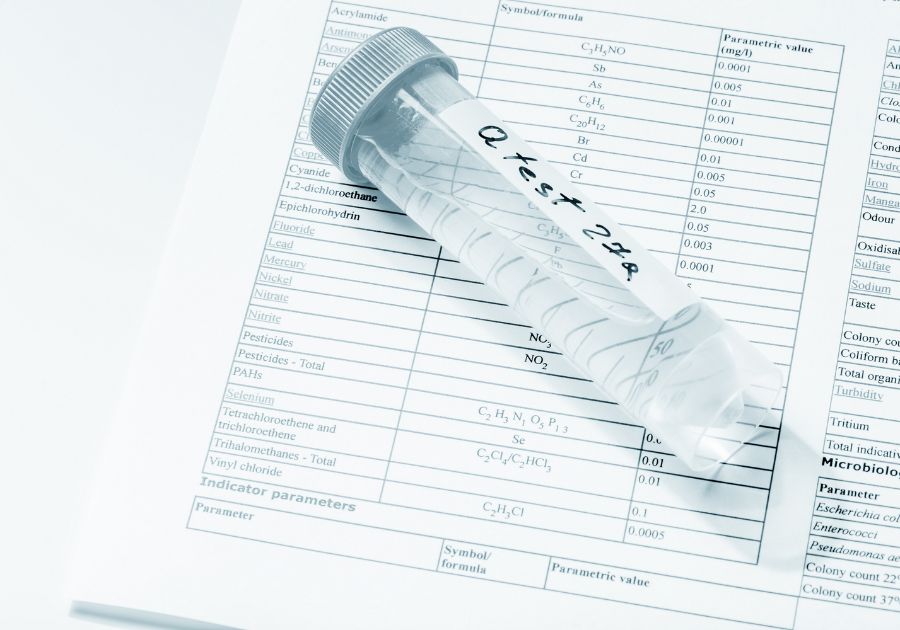
Chemical quality of groundwater
The natural chemical quality of groundwater is conditioned by its source and by the natural chemical and physical processes which develop along its flow path. Generally, the source of groundwater is rainwater infiltration and this contains gases and ions which are found dissolved in the atmosphere. As soon as the water begins to infiltrate, it starts to mineralize.
There is a close relationship between the lithology of an aquifer and the groundwater mineralization. In the case of aquifers composed of sedimentary rocks the mineralization of the waters depends on the factors shown in Table 1. The main constituents of groundwater are:
— major: HCO3 −, SO4 2−, Cl-, NO3 −, Na+, K+, Ca2+, Mg2+, CO2, O2 and SiO2
— minor: NO2 −, PO4 3−, BO3 −, F-, S2-, Br-, I-, NH4 + , Fe2+,Mn2+, Li+, Sr2+, Zn2+
— trace elements: Al3+, Ti4+, Co2+, Cu2+, Pb2+, Ni2+,Cr3+.
Sometimes there may be organic matter as the result of organic substances in the infiltration water.
The natural quality of water varies considerably; in some aquifers very pure water is found, with very low ionic content around 3 mEq/l while in others there is important dissolution of salts and the ionic content reaches 20 or 30 mEq/l.
In general terms groundwater is better protected against possible contamination than surface water, but once the contaminating agent has been incorporated into the groundwater flow it is very difficult and expensive to detect its presence, and therefore to put measures into place to control it before it affects productive wells and boreholes.
Chemical properties of water
Tabel 1. Factors affecting water chemistry in sedimentary rock aquifers
| Lithological factors | Water factors | Rock/water system factors | External factors |
| — Rock/water contact surface. — Grain size. — Soluble solid phases. — Mobile pore and locked pore water. |
— pH. — Eh. — Saturation. — Vapor pressure from dissolved gases. |
— Permeability. — Length of flow path and contact time. — Flow regime. — Ionic change, diffusion and adsorption. |
— Temperature. — Pressure. — Biological activity. |
For planning and control activities is essential to understand the contaminant routes based on the geological, hydrogeological and chemical conditioning factors.
Physical-chemical processes.
Water-aquifer interaction
Groundwater moves from a recharge zone, where rainwater infiltrates, to a discharge zone, where it flows out. The contaminant transport processes are different in the nonsaturated and the saturated zone. In both cases they depend on the water flow. In a non-saturated zone the movement of water, and therefore also of the contaminant, is vertical, towards the phreatic surface, while in the saturated zone, the movement of the water is preferentially horizontal or at least conditioned by the piezometric gradients of the aquifer.
Once the contaminant has reached the groundwater flow it moves in its same direction and at the same speed, producing dispersion and dilution mechanisms.
When the contaminant reaches the ground the infiltration mechanism begins and a series of physical and chemical changes take place. These changes are closely linked to the lithology of the terrain, the thickness of the non-saturated zone and how long the contaminant remains in the aquifer. The changes include surface phenomena, precipitation-dissolution and oxidation-reduction. The slow flow rate of groundwater means that contamination of aquifers is also slow, but depending on the conditions of the medium and of the contaminants, processes take place which affect the contamination rate or may even reduce it. The most usual processes are described below:
Physical processes
Mechanical filtration: this occurs with particles in suspension such as sands, silts, clays, algae, microorganisms, etc.; the smaller the average size of the pores and the more uniform their distribution, the more effective the filtration.
Chemical processes
Surface phenomena: the most important are ionic changes and molecular adsorption which depends on the colloidal nature, inorganic clays and organic substances such as humus. Molecular adsorption is the main mechanism for retaining from the water synthetic organic compounds, heavy metals, anions such as orthophosphate, cations such as ammonium and potassium, etc. Other surface phenomena may be established related to the volatility of some substances, the acidity level, heavy metals, organic materials, etc.
Ionic interchange: this is the precipitation of iron and manganese oxides along with the continuous formation of bacterial growth around the surface of gravel and fissures. Generally this takes places in the transit zone between a reduction and an oxidation medium. This process allows the sorption (retention) capacity of the ground to be maintained, but means its permeability is reduced.
Neutralization: base acid reactions, important in very acid or very basic residues.
Precipitation-dissolution: directly related to the degree of saturation and the equilibrium constants. Precipitation mainly affects the Fe2+ and Mn2+ originated in aerobic processes and which are then found dissolved in the water. It is due to the oxidation at pH between 6 and 8 of the ions mentioned above, forming the compounds Fe(OH)3 and Mn(OH)3 which are insoluble. The precipitation of these compounds drags down many metallic ions by co-precipitation such as Cu, Pb, Zn, As, W, V and F-. Calcium, magnesium, bicarbonate and sulphates may undergo this process. Some trace constituents such as arsenic, boron, cadmium, cyanide, iron, lead, mercury, etc. have a considerable capacity for this type of process.
Oxidation-reduction: this is produced mainly during the infiltration process in the non-saturated medium and the bacteria and other microorganisms existing in the ground play a very important role. This mechanism is important in reducing the contamination by inorganic and nitrogenous products, which as they oxidize produce CO2 and NO3 − respectively. However, where there is little or no oxygen, anaerobic processes may occur which form CO2, CH4, SH2, S, Fe2+, Mn2+, NH4 + , N2 and NO2 − by the reduction of NO3 −, SO4 2− and iron and manganese compounds present in the soil.
These cause a kind of contamination which is generally detected from the presence of a bad smell and colour.
Adsorption-desorption: the adsorbed elements may revert to a solution when they come in contact with water with a lower concentration of these elements.
Ground retention capacity: this is the property the ground has to reduce the circulation speed of the contaminants either temporarily or permanently.
This happens mainly when they are large, complex molecules. The ground has a specific retention capacity under certain conditions and so if the compounds retained are not decomposed by other actions, the process is detained when the maximum retention capacity is reached. Retention implies a greater permanence period and this allows other processes to occur.
Dilution processes: these are closely linked to the way contamination is produced and are less important when the contamination is localized than when it is widespread.
Contamination of groundwater
The contamination of groundwater is the deterioration of its natural quality due to human activities or actions which make it unsuitable for the use for which it was intended. These activities give their name to the type of contamination: urban, agricultural, livestock, industrial, over-pumping, etc. The concept of localized or widespread contamination depends on the area affected, generally urban, industrial or livestock farming in the first case and agricultural in the second.
As mentioned above, groundwater is better protected from contamination than surface water but once the contaminating agent has entered the groundwater flow it is difficult to stop it before it affects wells, boreholes or springs. Groundwater is contaminated when waste products from various activities reach the aquifer, causing the presence or increase of specific substances characteristic of these activities. These substances, which show the existence of contamination either by being present, or by exceeding a defined concentration or by a combination of both of these, are called contamination indices.
The contaminants of groundwater are very varied and from different sources. In general terms they are all substances from various different activities which seep into groundwater flow causing deterioration of the water and make it unsuitable for its intended or potential use.
Chemical contaminants include a wide range of ions and chemical substances, such as the normal ions present in the water, but in higher quantities than would be present in its natural state, and compounds which do not occur naturally in the water. The ions ammonium and nitrate, which are the result of the oxidization of organic material, should also be mentioned; although they are sometimes not detected in contaminated water in significant quantities due to their instability, when they are detected this indicates that there is a source of contamination nearby.
Trace element concentrations of heavy metals, which are sometimes detected in water, increase their content as a result of the incidence of industrial activities. Some are very dangerous such as lead, which is cumulative, and hexavalent chromium, which is toxic and very persistent. Chemical contaminants include also dangerous toxic compounds such as cyanides, detergents, fats, pesticides, etc.
Biological contaminants basically include bacteria and viruses but generally their effect is lessened by the purifying capacity of the soil and subsoil.
Radioactive contaminants are not often found because of the strict controls on radioactive substances.
Of the six radio nuclids with greatest toxicity, mobility and radioactive period (H-3, Sr-90, I-129, Cs-137, Ra-226 and Pu-239), five are produced in the processes for nuclear energy, and if they are incorrectly stored, can reach aquifers.
Anthropogenic activities
Human activities and actions which may damage water resources can be urban, agricultural, livestock or industrial.
The damage caused will depend on the characteristics of the waste, on the place, type, intensity and duration of the discharge and on the specific conditions of the receptor medium.
Urban activities
Urban activities are all those which are the result of human settlement. The number of urban activities varies depending on the type of population concerned. In general terms two types of waste are produced: urban waste water and urban solids or refuse.
Liquid urban waste or waste water is the return discharge of the water used in urban activities and generally includes domestic waste water, water from street cleaning and industrial waste water. The composition of this type of waste varies from one place to another and even over an annual or daily period, but in general it is characterized by the presence of dissolved salts, organic matter, causing colour and smell, solids in suspension and micro-organisms.
The possible presence of heavy metals or foreign substances originating in industries connected to the sewerage system network also has to be taken into account. What often happens is that waste is discharged into a surface water course; the repercussions on the groundwater depend on the dilution level and the river-aquifer relationship. In coastal areas the discharge is often directly into the sea or through an underwater discharge pipe. Another way of eliminating this waste is to discharge it onto the ground surface, taking advantage of the purifying capacity of the soil, either as irrigation or to recharge the aquifer
Solid urban waste is usually made up of garbage or household refuse, waste from road cleaning, etc. This type of waste can be incinerated, recycled to make compost or accumulated in a waste disposal dump. In the last case a liquid residue or leachate will form, as a result of the compacting of the waste itself and precipitation. This leachate varies in content, since it depends on the composition of the rubbish, which varies considerably from country to country, or even from one district to another within the same city.
The leachate will have high chemical and biochemical oxygen demand values. There will also be a high content of dissolved solids and concentrations of chlorides, sulphates, bicarbonates, sodium, potassium, calcium and magnesium. Leaching is often found in a reducing medium, so that it often also contains ammonium, iron, manganese and zinc. It may also contain more dangerous products if solid industrial waste is dumped from industries in built-up areas.
Groundwater which is contaminated from an urban solid waste disposal will show an increase in mineralization and temperature, presence of colour, unpleasant smell and a high content of NH4 + , DQO and DBO5, with presence of Fe++ and absence of NO3 −.
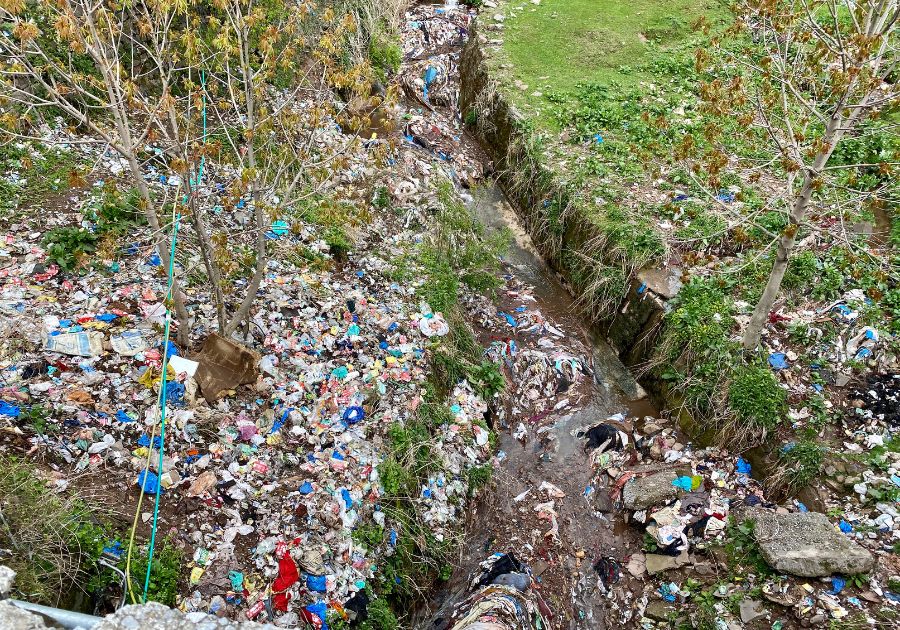
Industrial activities
These are all activities involved in the production of raw materials or manufacture of consumer goods for direct human use or activities.
Industry may produce solid, or more usually, liquid waste. Smoke emissions into the atmosphere may constitute a secondary risk for water supplies.
The substances these contain are both inorganic and organic. The inorganic ones include dangerously toxic heavy metals, high concentrations of dissolved solids and acids and alkali which provide acidity and causticity.
There is a wide variety of organic substances present in industrial waste. These include by-products of petrol and coal, synthetic organic substances like phenols, detergents, gypsums, oils, etc. and natural organic substances such a sugars, dairy products or distillery by-products.
The main cause of this type of contamination is waste disposal, especially of liquids. These are disposed of, treated to a greater or lesser extent or even untreated, through public water courses, dumped on the soil or injected directly into the aquifer. Other causes of contamination are leaks in storage facilities or pipelines, and accidental spills in the transport of dangerous substances.
Solid waste is dumped along with other urban solid waste after being stockpiled on the ground near factories. Sometimes, depending on the type of waste, they are deposited in controlled waste disposal for toxic and dangerous residues.
Chemical properties of water
Actions on water
Two types of human actions on water may unintentionally cause a reduction in quality: from exploitation and from recharge.
Recharging consists in injecting a specific volume of water into the aquifer through injection wells. This may be waste water; the treatment of this water and the place where it is injected may lower the quality of the aquifer. However, sometimes recharging is used as a corrective measure, injecting better quality water and altering the flow.
Mechanisms of ground water contamination
An aquifer is contaminated by the introduction and spread of substances or ions which, when they occur in higher than ideal quantities, cause deterioration of water quality. There are many different ways of introducing these agents into aquifers, but generally they are the following:
From the ground surface
This occurs in the following situations:
— Intentional dumping on the ground.
— Leaks in pipelines and surface installations.
— Accidental industrial spills.
— Accidents in the transport of toxic substances.
— Through careless handling during loading and unloading.
The contamination mechanism is the seepage of the contaminants from the ground surface and their movement depends on the water flow.
The lithology of the soil and its thickness play a very important role in the spread of contamination as it can act as a physical filter where the solids in suspension and micro-organisms are retained, which is very important in the physical and chemical processes which take place in the non-saturated zone. The filter effect does not exist when the lithology of the non-saturated zone is karstic.
Chemical properties of water
From the non-saturated zone
This occurs in the following situations:
— Leaks in industrial sewage systems.
— Leaks in pipelines and underground tanks.
— Injections of waste into the ground.
The spreading mechanisms from the non-saturated zone are similar to when the contaminant has been dumped on the ground surface, but the distances to the saturated zone may be considerably reduced.
From the saturated zone
Injection wells are a quick way of contaminating the aquifer, since the contaminant is fed directly into it, with no type of previous treatment. If the contaminants are fed in under pressure, this causes their dispersion within the radius of the well, both upstream and downstream.
Chemical properties of water
From other water sources connected to the aquifer
This happens basically when there is a hydraulic connection between a contaminated river and an aquifer and this drains to the river.


